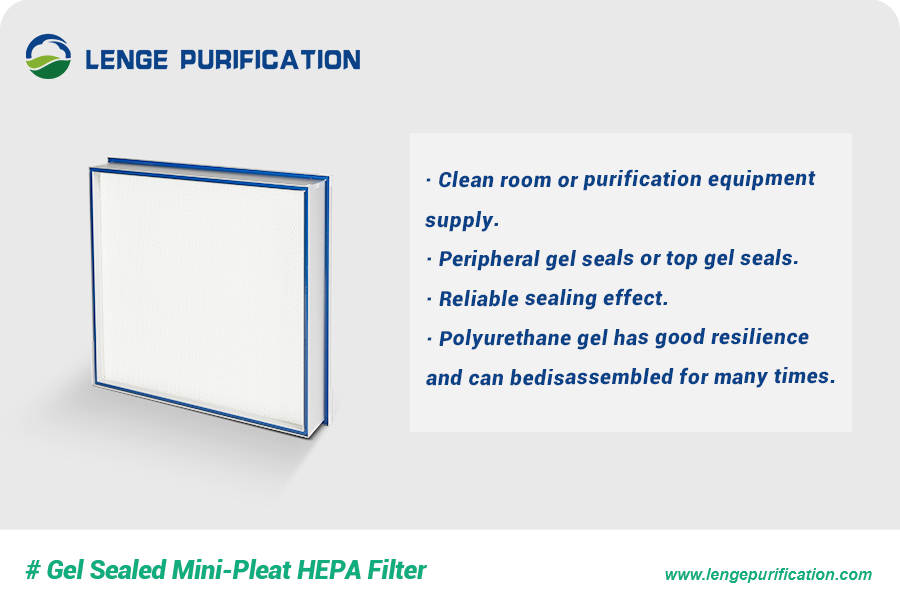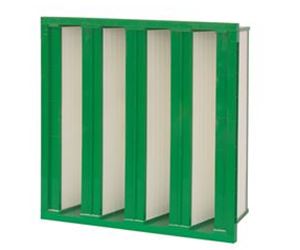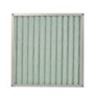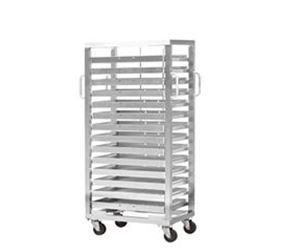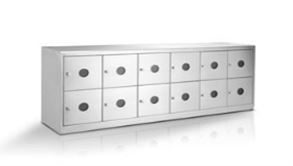Information

X
- Home
-
Products
- Purification Equipment
- Air Filter
-
Pleated Filter Cartridge
- PES Microfiltration Membrane
- Capsule Filter
- PVDF Pleated Filter Cartridge
- PTFE Membrane Pleated Filter Cartridge
- Nylon Pleated Filter Cartridge
- NL66 Pleated Filter Cartridge
- PFA Pleated Filter Cartridge
- PP Pleated Filter Cartridge
- GF Pleated Filter Cartridge
- MS Series String Wound Filter Cartridge
- WS series string wound filter cartridges
- PTFE Sintered Tube
- Titanium Alloy Sintered Tube
- Filter Bag
- Filter Housings
- Stainless Steel Furnishing
- Why LENGE
- Solutions
- About LENGE
- News
